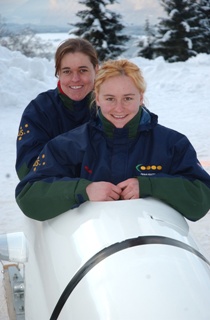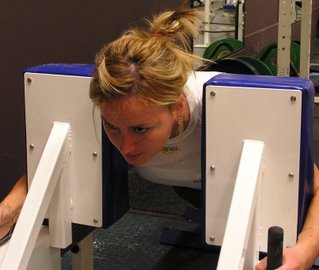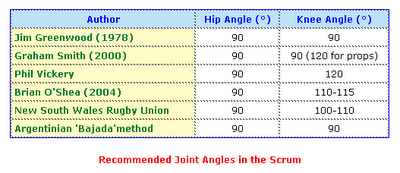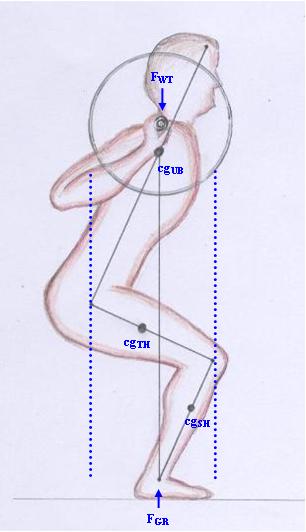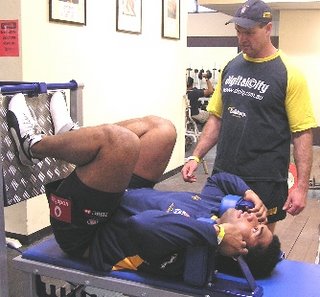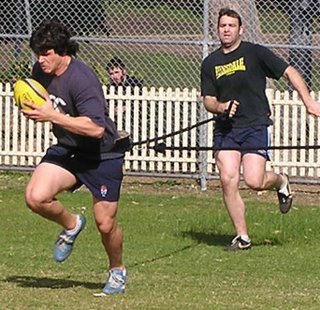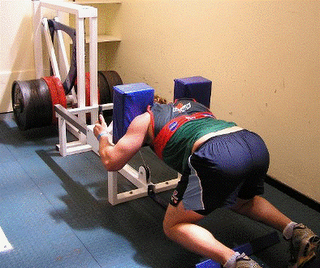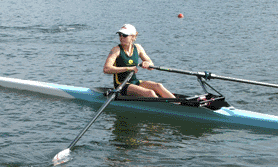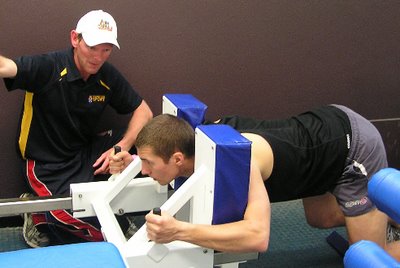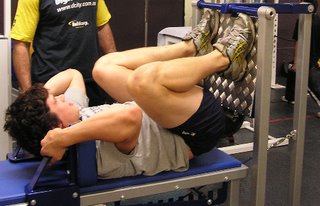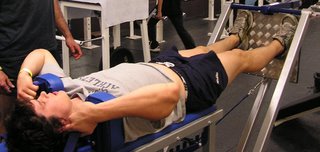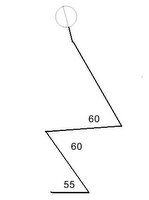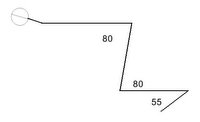It is widely acknowledged that the average bodyweight of rugby players has increased considerably over recent years. Less recognised is the extent to which modern defensive alignments and strategies have transformed rugby matches into contests of attrition where bigger and stronger teams tend to wear down their smaller and physically weaker opponents over the course of a game. Perhaps the most notable change has been the increased importance of physical dominance in the backline.
In late May, Sydney University announced its team for the first round of the Tooheys New Cup, the premier competition in Sydney club rugby. All of the fifteen players are past or current students who had been developed through the Club's Colts and lower grade teams. None of them are paid to play for the Club, although the eleven who are still students receive modest scholarship assistance. Only three of the players are on professional contracts.
It is instructive to compare their bodyweight and age profiles with those of squads from four major rugby countries:
| Team | Average Weight (kg) | Average Age |
| Wallabies - 2006 Squad | 102.6 | 26.1 |
| All Blacks - 2006 Squad | 102.9 | 25.5 |
| Springboks - 2006 Squad | 102.2 | 26.8 |
| England - 2006 6 Nations Squad | 101.2 | 27.2 |
| Sydney University - 2006 Tooheys New Cup Team |
100.5 |
22.5 |
Comparative Bodyweight and Age Profiles
It can be seen that the part-time, unpaid Sydney University players, though three to five years younger, weigh only a couple of kilograms less than the world's best players. This is quite extraordinary as normally a much greater weight disparity would be expected.
For the past three years Sydney University Football Club has been operating an Elite Development Squad (EDS) program for its top grade and colts players. Utilising one of the best equipped gymnasiums in Australian rugby, players train for eleven months of the year and undertake four weights sessions per week off-season and a lesser number while playing.
The program's strength and conditioning components have been devised and administered by Martin Harland, a sports scientist who has previously worked with professional rugby league, Australian football and basketball teams. His programs for rugby players place a high degree of emphasis on basic strength development and rugby-specific fitness. A distinguishing feature of his approach is a concentration on heavy lower body work through exercises such as squats, deadlifts and cleans. In addition, both backs and forwards make intensive use of the MyoQuip ScrumTruk, a rugby-specific apparatus that targets the large mass leg extensor muscles, specifically the gluteal and quadriceps groups. Hypertrophy or increased muscle mass is a natural and not unintended by-product of such training.
Exposing backline players to basic strength training
Another distinctive feature of Martin Harland's rugby training regimen is his requirement that backs undertake the same rigorous basic strength routines as forwards. Many strength and conditioning coaches reserve the heavy "grunt" work for forwards, or even restrict it to the tight five.
Exposing backs to very serious weight training has produced a quite extraordinary outcome at Sydney University, as evidenced by the following table comparing body weights of forwards and backs for the Wallabies, the four Australian Super 14 franchises and Sydney University:
| Squad/Team (2006) | Av Weight (kg) - Forwards | Av Weight (kg) - Backs | Difference |
| Wallabies - Squad | 111.1 | 91.8 | 19.3 |
| ACT Brumbies - Squad | 110.3 | 90.9 | 19.4 |
| NSW Waratahs - Squad | 110.8 | 92.8 | 18.0 |
| Queensland Reds - Squad | 109.7 | 92.4 | 17.3 |
| Western Force - Squad | 109.1 | 92.9 | 16.2 |
| Sydney University - Team | 105.3 | 95.1 | 10.2 |
Comparative Bodyweight of Forwards and Backs
Not surprisingly, the University's young forwards are outweighed by each of the five professional squads. However, in the backs the situation is reversed. The University players outweigh the national and provincial squads by between 2.2 and 4.2 kg per man.
If we look at the column showing the difference in bodyweight between backs and forwards it can be seen that for Sydney University it averages 10.2 kg, against 16.2 to 19.4 kg for Australia's professional squads, a very substantial difference.
The Sydney University experiment seems to be providing clear evidence that the bodyweight of rugby backs can be dramatically increased through serious weight training, but the question arises as to whether this has benefits in terms of playing performance.
One answer is that the other strength-oriented football code, American football, has traditionally used training methods similar to those of Martin Harland. All players, whether linemen or running backs, are required to do heavy gym work. Surely no one would seriously suggest that their quick players have inferior dynamic abilities to rugby players.
Another justification for building heavier backs with superior leg drive lies in the already mentioned importance of physical dominance in the rugby backline. With the modern emphasis on structure and coordination in defensive alignments, bigger and stronger backs are better able to continually repel opposition attacks and also over the course of a game are likely to create physical and mental fatigue in their counterparts.
Having achieved a strong foundation of basic strength and greater body mass, Martin Harland is then able to focus on speed and explosiveness in his players. It is clear that the Sydney University approach yields results on the playing field. 2005 was the Club's most successful year, winning the Sydney Club Championship, the First Grade Premiership and four lower grade Premierships.
Even more importantly, players who graduate from such a program are much better equipped to withstand the rigours of modern rugby.
 Fifth-year veterinary science student Astrid Loch-Wilkinson was the pilot of Australia’s first-ever women's bobsleigh team which competed at the Winter Olympics in Torino, Italy, in February. Astrid and brake woman Kylie Reed finished 14th with a time of 3 minutes 55.11 seconds for their four runs.
Fifth-year veterinary science student Astrid Loch-Wilkinson was the pilot of Australia’s first-ever women's bobsleigh team which competed at the Winter Olympics in Torino, Italy, in February. Astrid and brake woman Kylie Reed finished 14th with a time of 3 minutes 55.11 seconds for their four runs.